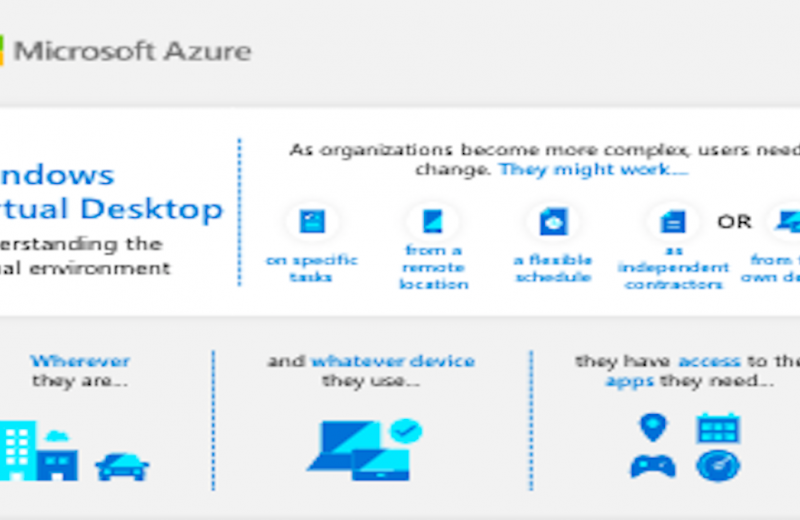Azure Resource Manager
Azure Resource Manager (RG) is the deployment and management service for Azure. It provides a persistent management layer that enables you to create, update, and delete resources in your Azure subscription. You can use access control, auditing, and identifying the features to secure and organize your resources after deployment.
When you proceed the actions through the portal, PowerShell, Azure CLI, REST APIs, or client SDKs, the Azure Resource Manager API can handle your request. Because all the request is handled through the same API, you see dependable results and efficiency in all the different tools. All that tools are available in the portal are also available through PowerShell, Azure CLI, REST APIs, and client SDKs. Process initially released through APIs will be represented in the portal within 180 days of initial release.
The following screenshot are shown how all the tools interact with the Azure Resource Manager API. The API pass the requests to Resource Manager service, which authenticates and authorizes the requests. Resource Manager then routes the requests to the applicable service.

Benefits of Resource Manager:
- You can deploy, manage and monitoring all the resources for your solution as a group, alternatively handling these resources individually.
- You can repeatedly deploy your solution throughout the development lifecycle and have confidence your resources are deployed in a consistent state.
- You can manage your infrastructure through declarative templates instead of scripts.
- You can define the dependencies between resources. So, they’re deployed in the correct order.
- You can apply access management to all services in your resource group because Role-Based Access control (RBAC) is natively integrated into the management platform.
- You can apply tags to resources to logically organize all the resources in your subscription.
- You can clarify your organization’s charge by viewing prices for a group of resources sharing a similar tag.
Important factor to consider when defining your resource group:
- All the resources in your group should share the same lifecycle. You deploy, update, and delete them together.
If one resource, such as a database server, needs to exist on a different deployment cycle it should be in another resource group. - Each resource can only exist in one resource group.
- You can add or take away a resource to a resource group at any time.
- You can move a resource from one resource group to a different group.
For additional information, see Move resources to new resource group or subscription. - A resource group can contain resources that are in different regions.
A resource group is used to scope access management for administrative actions. - A resource can interact with resources in other resource teams.
This interaction is common when the 2 resources are connected however do not share the same lifecycle (for example, web apps connecting to a database).




















